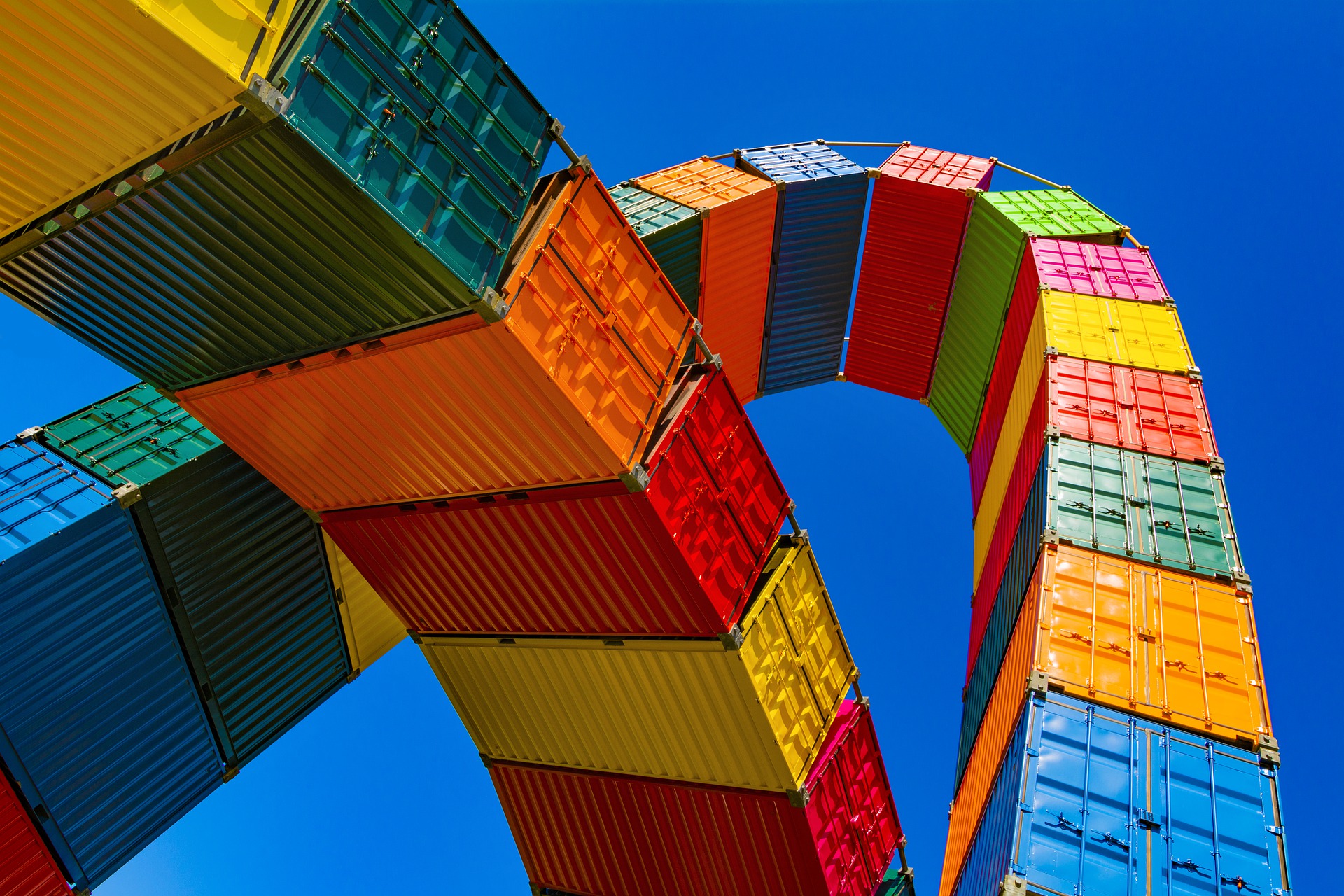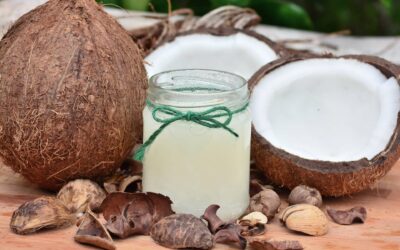In other, for customs to establish a duty for imported goods, with the ad valorem system, the customs need to go through a valuation process by using the value of the goods multiplied by a certain rate (Usually in percentage) to determine the amount to the duty to be paid for the imported goods. This might not be the case with a “specific duty” whereby a specific amount is levied for a quantity of the imported item.
What is a customs valuation?
A customs valuation is a procedure that involves determining the value of an imported good. This is essential for the customs to determine the duty to be levied for an imported good. In other words, customs valuation is the economic value of a product or goods declared for importation.
Customs valuations are based on the principles of value and in certain instances the sales price of the product. The value of transport, insurance, and other importation charges may be included in the customs value for customs duty purposes.
Sometimes, a transaction value is accepted instead, if the customs duty is a close approximation to the transaction between unrelated buyers. This is the reason why an invoice of the transaction between the importer and the seller of the product is highly required for the customs to determine the value of the product. This is also known as the transaction value method.
What are the various customs valuation methods?
There are basically 6 valuation methods which the customs can use to determine the duty of imported goods;
- The transaction value method
- The transaction value of identical products
- The transaction value of similar products
- The deductive method
- The computed method
- The fall-back method
The transaction value method
The transaction value is the actual price paid or sum total of the payment made by the importer to the exporter for the products imported. It also includes any payment received by the exporter for the condition of sale by the importer. The transaction value method is the primary and most widely used valuation method. In situations where the transaction method cannot be used the other customs valuation method becomes applicable. This may include;
The transaction value of identical products (goods).
In this case, the transaction value of a good is calculated in the same way as an identical good sold for export in the same country. However, the goods must be the same in quality, physical appearance, and reputation. Also, the goods must be produced in the same country and by the producer of the goods being valued.
The transaction value of similar goods
If the transaction value of identical goods is not applicable, the transaction value can be calculated in the same way as similar goods sold for export in the same country. The goods must be closely related in terms of characteristics, component materials, can perform the same functionality, and can be a good of substitute or can be used interchangeably. The goods must also be produced in the same country and from the same producer of the goods being valued.
The deductive value method
When the customs value can’t be arrived at from the above-mentioned methods, the customs can then determine the customs value based on the unit price at which the imported goods (either identical or similar) can be sold to an unrelated buyer, under the greatest aggregate quantity, in the same country the goods is being imported. The transaction must be within the same time period during the time of importation and up to 90 days after importation of the goods being valued.
The computed value method
The computed value is calculated based on the cost of production of the goods being valued, including the overall expenses and an amount of profit realized in sales from the country of exportation to the country of importation of the goods. This is considered the most difficult and rarely used method.
The fall-back value method
The fall-back value can be applied when all previous methods can’t be used to determine the customs value. The customs value can be determined using the general provisions and principles of the Customs Valuation Agreement and also based on the data available in the country of importation. With the fall-back value method, customs value can be determined based on previously used values with a certain level of flexibility.
When it comes to customs valuations, the above methods can be used to determine customs value for imported goods. As mentioned above the widely used method is the transaction value but not limited to just one method as all the other methods can still be used.




